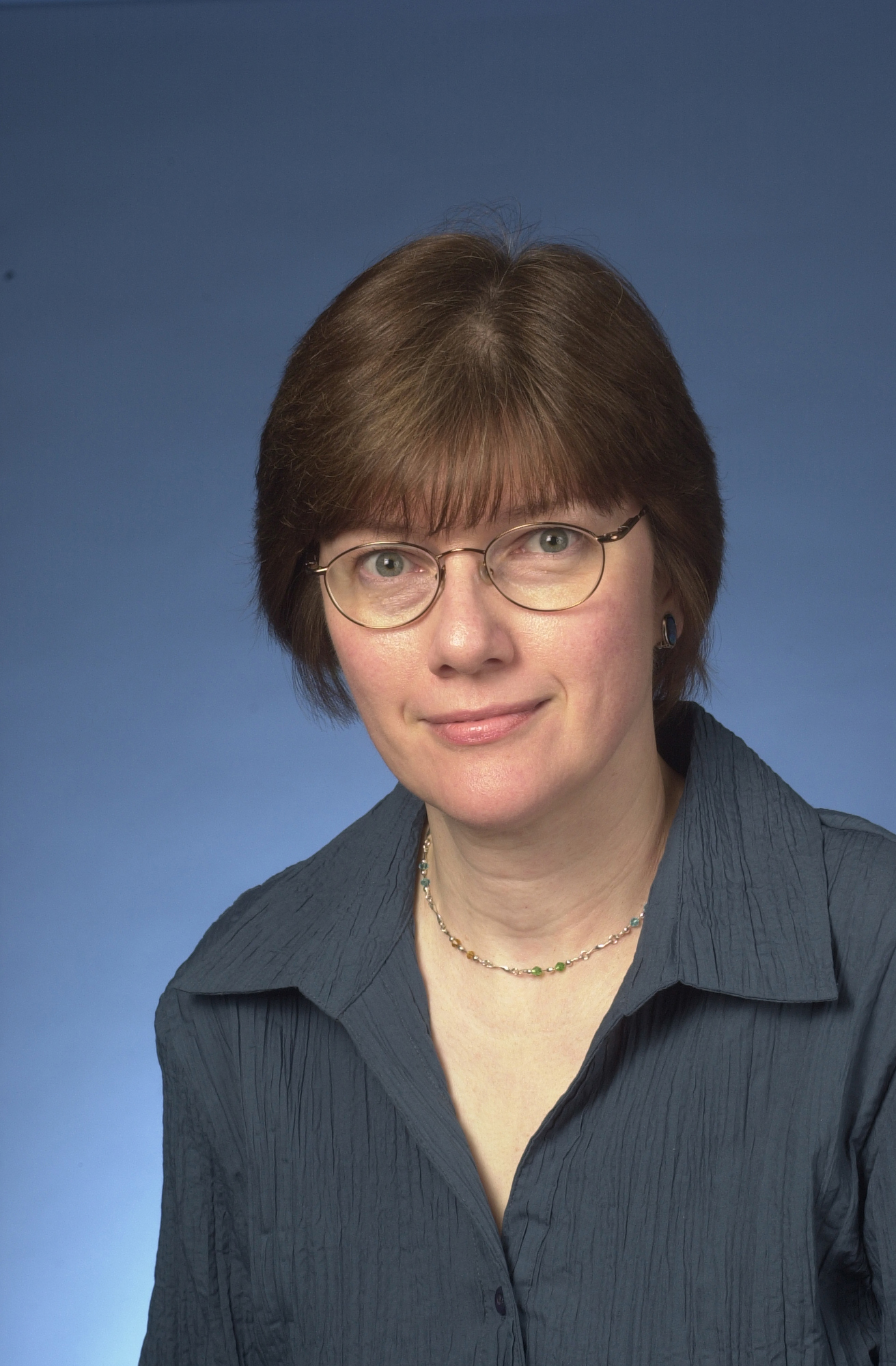McCrone Associates Researchers Participate at Microscopy & Microanalysis Annual Meeting
Presentations Focused on Real-World Applications of Microanalysis Tools and Techniques

McCrone Associates’ senior research scientist, Elaine Schumacher |

McCrone Associates’ senior research scientist, Craig Schwandt |
Westmont, IL (August 1, 2013) – Elaine Schumacher and Craig Schwandt, senior research scientists at McCrone Associates, Inc., will be participating in this year’s annual Microscopy & Microanalysis meeting, to be held August 4-8 in Indianapolis.
Practical approaches to microscopy
Elaine Schumacher is co-chairing Symposium A13: “Microscopy and Microanalysis for Real World Problem Solving,” August 7-8. This two-day session will focus on ways in which microscopists and microanalysts develop unique and creative solutions for sample preparation, data acquisition and analysis when presented with real-world, and often non-ideal samples.
“My co-chairs, Janet Woodward (Buckman USA), and Stuart McKernan (3M), share with me a belief in the importance of providing this forum for discussion of practical approaches and tools for microscopy and microanalysis of real-world samples,” said Schumacher. “We look forward to presentations by more than 45 authors who have contributed papers and posters to this symposium.”
Schumacher has co-authored a paper being presented at 1:25 p.m. on Thursday, August 8: “Getting Back to the Basics. Parameters That Must Be Considered Before Attempting Quantitative Analysis in the Transmission Electron Microscope (TEM).” The paper was written by lead author Neal Rowlands, global EDS product manager at Oxford Instruments; Alan Nicholls, associate director of Research Resources Center and director of Research Service Facility (Electron Microscopy) at the University of Illinois at Chicago; and Schumacher.
Co-author Rowlands will discuss the effect of different geometries and analytical conditions on the outcome of quantitative results. Not only can quantitative energy dispersive spectrometer (EDS) results be adversely affected by changing analytical conditions, but count rates, peak-to-background ratios and spectral artifacts may vary considerably by adjusting probe and sample positions within the TEM and sample holder.
EDS for analysis of tourmaline
Craig Schwandt will present “Low Voltage Silicon Drift Detector Microanalysis of the Mineral Tourmaline: Examples from the Black Hills, South Dakota” at 3:25 p.m. on Thursday, August 8. He will document measuring boron and conducting low energy microanalysis of the boron-containing mineral tourmaline. Historically, boron has been calculated based on stoichiometric models after oxygen has been determined by difference. The latest EDS detectors and software now make it possible to measure boron; however, use of low energy lines for measurement of the other elements complicates the analyses.
Details about M&M 2013 can be found at their website: http://microscopy.org/MandM/2013/